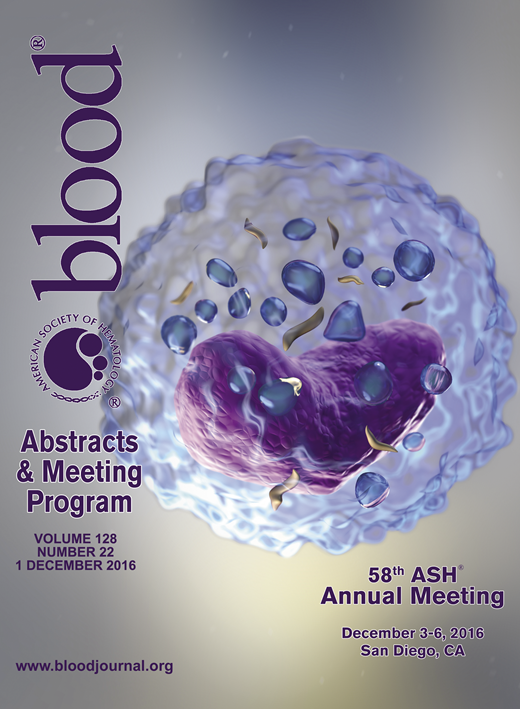Abstract

Background: Pancytopenia and bone marrow aplasia/hypoplasia are caused by a heterogeneous group of disorders, most commonly aplastic anemia (AA), hypoplastic myelodysplastic syndrome (MDS), paroxysmal nocturnal hemoglobinuria (PNH), and T-cell large granular lymphocytosis (T-LGL). Clinical and morphological distinction among these entities is often challenging, particularly between AA and hypoplastic MDS. This study is to examine the clinicopathological and genetic features of a group of AA and hypoplastic MDS patients, with or without concurrent T-LGL and/or PNH, in order to better understand and differentiate the two entities.
Methods and Materials: We retrieved 45 cases with cytopenias and hypoplastic bone marrow at Moffitt Cancer Center. Peripheral blood complete blood counts, bone marrow morphological findings, flow cytometric analyses for LGL and PNH, and cytogenetics data were extracted from electronic medical records. Targeted next-generation sequencing (54 myeloid neoplasm related genes) was performed on the bone marrow.
Results: The 45 patients showed peripheral blood cytopenias and bone marrow aplasia or marked hypocellularity. There were 26 cases diagnosed with AA with no morphologic evidence of dysplasia or increased blasts in the bone marrow, and 19 cases diagnosed with hypoplastic MDS based on morphological and cytogenetic criteria. In the meantime, distinct T-LGL population was identified in 2 of 11 cases with AA (18.2%) and 3 of 11 cases with hypoplastic MDS (27.3%); PNH clones were identified in 8 of 17 cases with AA (47%) and 3 of 11 cases with hypoplastic MDS (27.3%). Clonal cytogenetic abnormalities were found in 2 of 25 cases with AA (8%) and 11 of 18 cases with hypoplastic MDS (61.1%). Twelve of 26 cases of AA (46%) showed one or more gene mutations with allele burden ranging from 7% to 52%, and most of these cases (9 of 12; 75%) involved only one gene. In contrast, 15 of 19 cases of hypoplastic MDS (78.9%) had one or more gene mutations with allele burden ranging from 19% to 53%. Seven of the 15 cases (46.7%) had two or more gene mutations. The most common mutated genes in the two groups in this study were ASXL1 and TET2.
Conclusion: Although there are overlapping clinical and morphological features between AA and hypoplastic MDS, differences are present between the two entities including presence of PNH clones, cytogenetic changes, and gene mutation frequencies. These features may help to make differential diagnosis and identify the cases with more progression potential. Clinical outcomes with different treatment and larger scale studies are needed to better characterize and define the two different entities.
No relevant conflicts of interest to declare.
Author notes
Asterisk with author names denotes non-ASH members.

This icon denotes a clinically relevant abstract

